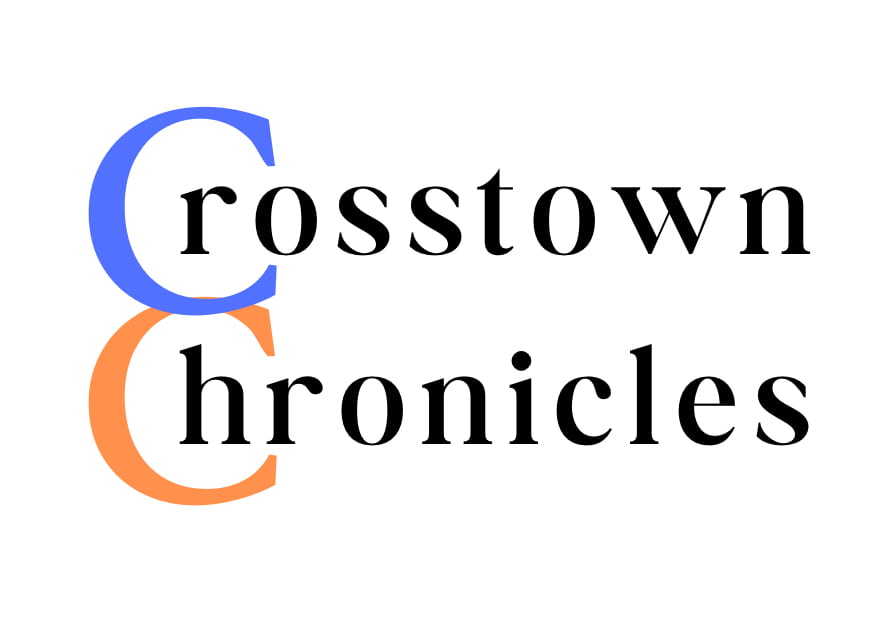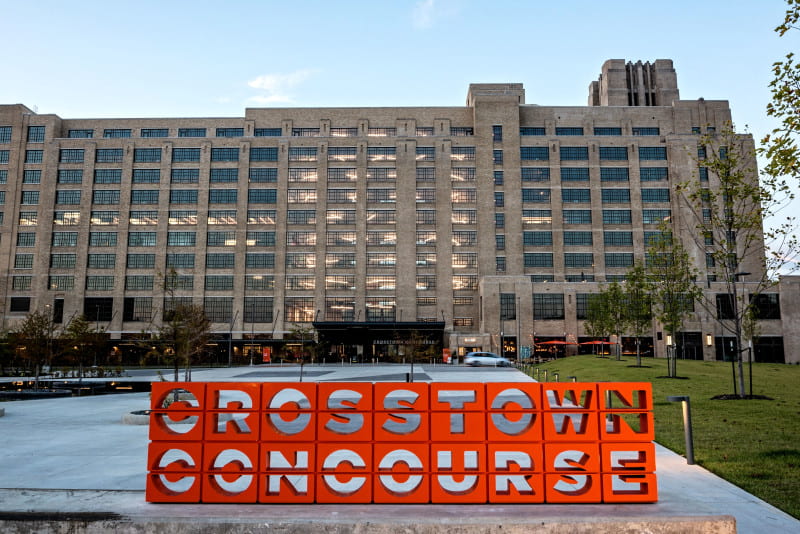Written by Henry Mallory
People make 33,000-35,000 decisions per day. Some of these decisions are simple things like, “Should I wake up now or sleep for another 30 minutes?” Others are complex decisions that require serious thinking. Microeconomics (ME) is the study of how firms and individuals make decisions based on allocating a limited amount of resources in hopes to satisfy unlimited wants.
Once you learn the basics of ME you will begin to see how commonly the world reflects these economic principles. For example, you will further understand that a limited edition pair of sneakers will be more expensive because of the limited quantity available. This brings us into the first lesson of ME — scarcity. Scarcity is the unlimited wants, but limited resources that society has. There is a direct relationship between the quantity supplied of a service or product, and the price of the service or product. If there is a plethora of lawn care companies all competing in the same area, the prices will fall because consumers are going to try to get the most affordable price possible, while if there was only one lawn service company in a specific area, they can charge a higher price because the demand is relatively inelastic.
Elastic and inelastic refers to the degree that demand changes in response to price changes, income levels, and substitution. Elastic products are things like soft drinks, coffee, or luxury goods. These products share a common trait — they are things that a consumer does not need to have. Inelastic products are the opposite of elastic products, inelastic products are necessities such as gasoline or medical procedures that maintain relatively the same consumer demand even when the price changes.
When there is one firm that is the sole provider of a good/service, they would be considered a monopoly. Monopolies determine the price of what they offer — typically charging the price that results in the most profit. On the other hand, perfectly competitive markets are markets that are made up of a handful of businesses all offering the same thing. This means that the market determines the price, instead of the business. In the long run— a period of time in which the factors of production and all costs are variables — firms in perfectly competitive markets have zero economic profit. Perfectly competitive markets have very small barriers to entry (if any), which results in an infinite number of firms entering the market which leads to lower prices and eventually zero profit to be made.
What happens when a firm charges too much for the product that they are selling? The result of a firm charging too much for their good, is a surplus. Obviously when quantity supplied is greater than quantity demanded there is going to be a surplus and vice versa for that of a shortage. A surplus leads to price reductions and a shortage leads to an increase in price. If a consumer pays less for a product than they are willing to pay, this is classified as a consumer surplus. Producer surplus is the difference between the price the producer receives from their goods minus the marginal cost of production.
Marginal costs are the additional cost of producing one additional unit of output. When you think of the costs that businesses will face during the production of goods, you think of the cost of materials, machinery, and facilities, but you may overlook the cost of labor. Labor is a huge topic in ME, especially when talking about the marginal benefit of labor. When the marginal resource product (marginal revenue created by using an additional unit of labor) is equal to the marginal resource cost (the additional cost of employing one more worker), you should stop hiring workers. If a firm goes below the point where MRP is equal to MRC the worker will add no benefit to the firm.
Wage drives the quantity supplied of labor. Circumstances sometimes influence the willingness to work at a certain wage. If there is a small town with a population consisting of unskilled citizens, and there is only one firm that hires unskilled workers, this firm would be considered a monopsony. Monopsonies occur in situations where firms have market power in employing labor at different wages because of the limited alternative options that are available. Monopsonies tend to be unfair for workers because the firm gets to determine whatever price they want to set the wage at.
ME is always evolving and doesn’t stay at a point of equilibrium. Aside from the short summary of different broad microeconomics concepts that was provided, there is so much more out there that you should seek to understand. ME is reflected in almost everything you see — the tables in your classrooms, the pillows on your bed, the water bottle that you drink from. All of these creations come from the supply, demand, labor, entrepreneurship, capital, etc. that go into making an everyday good that doesn’t even get a second glance from most. As famous economist Thomas Sowell states, “It takes considerable knowledge just to understand the extent of your own ignorance.”
Citations:
Reill, A. (2023, December 6). A simple way to make better decisions. Harvard Business Review.
Hall, M. (2023, August 11). Elasticity vs. inelasticity of demand: What’s the difference? Investopedia.

